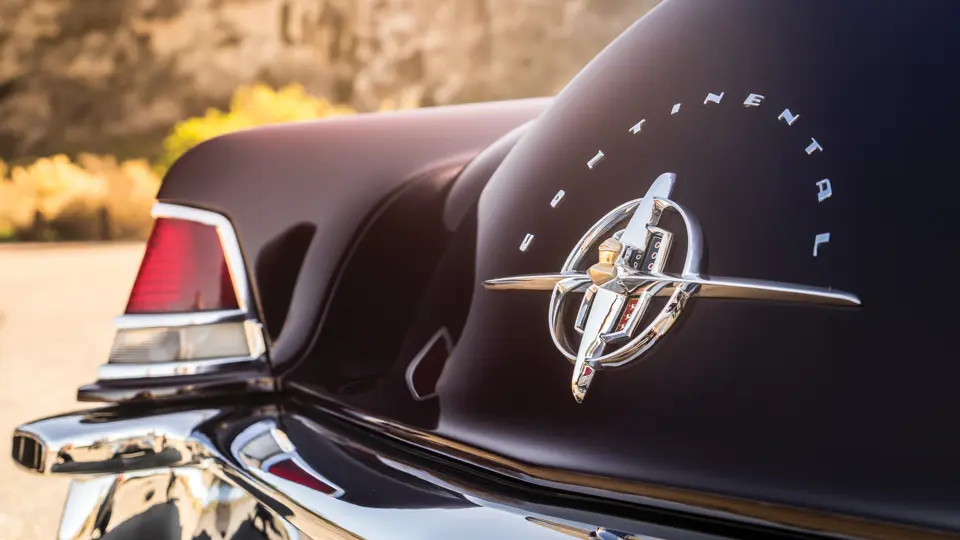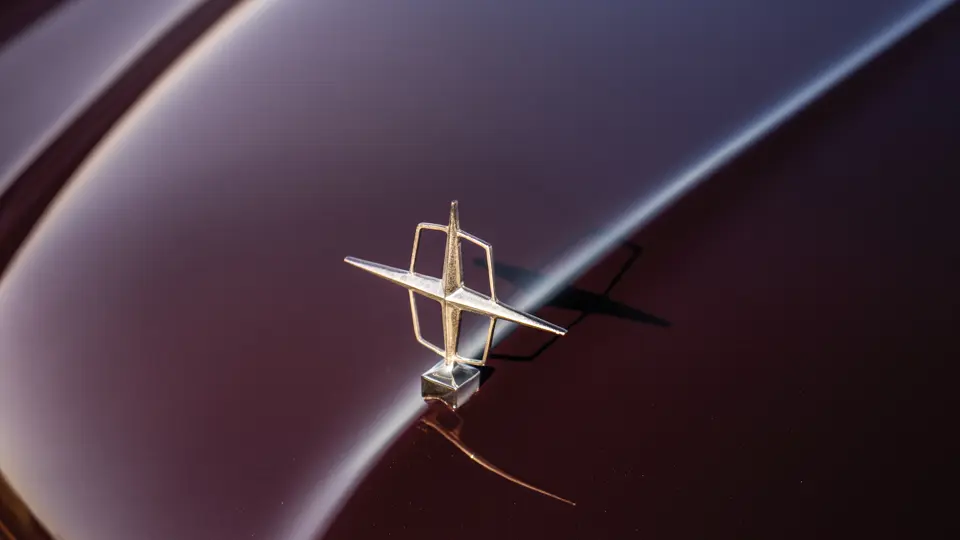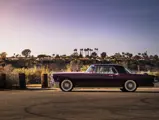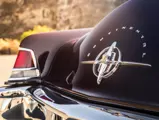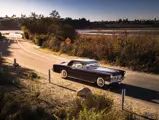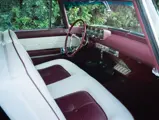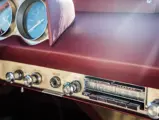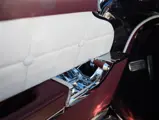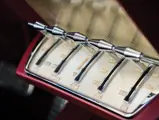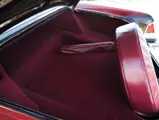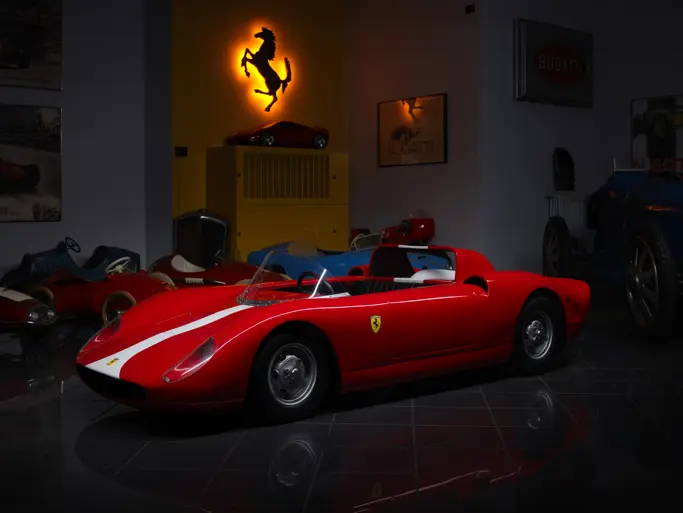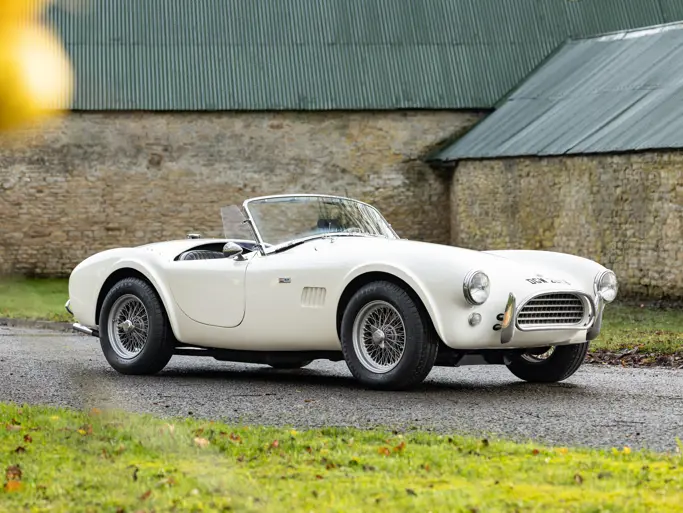300 bhp, 368 cu. in. OHV V-8 engine, three-speed Turbo Drive automatic transmission, independent front suspension with upper and lower control arms and coil springs, live rear axle with semi-elliptic leaf springs, and four-wheel hydraulic drum brakes. Wheelbase: 126 in.
In terms of styling, the Continental Mark II was a departure from what Americans were accustomed to from a luxury car in the 1950s. Expected was a car weighed down by chrome, set off by a high-contrast two-tone paint scheme, and Space Age-inspired styling elements. What they saw in the Mark II was a long and low car that had elegant proportions similar to the Thunderbird but enlarged, all the while paying homage to the Continental of the 1940s, with the trunk lid molded to the shape of the spare tire concealed within. Under the four-pointed star mounted on the hood rested a 300-horsepower, 368-cubic inch V-8 engine that was mated to a three-speed automatic transmission.
The mostly handmade Mark II was a rolling piece of art and a product of exceptional craftsmanship. The paint was wet-sanded, double-lacquered, and polished to a shine that industrial painting techniques could simply not achieve. Only the very finest materials were used throughout, and its instrumentation displayed the precision of a finely crafted watch. These amenities and more did not come cheaply, and even with a sticker price of $10,000, Ford lost an estimated $1,000 per car sold. With a price tag equaling a Rolls-Royce, the Continental only attracted clients of considerable wealth, including Elvis Presley, Frank Sinatra, Nelson Rockefeller, and President Eisenhower.
Before the car had been publicly released, 1,300 examples were sold, with another 1,300 sold during its first year of production. In 1957, only 450 were produced, making the total production of the Mark II only 3,000 examples. At present, it is believed that the number of surviving examples is far lower.
This particular 1956 Continental Mark II has undergone a complete, professional, and very thorough award-winning restoration. It may well be one of the nicest restored Mark IIs in existence. Its exterior is finished in rare Dark Red, while the interior features matching two-tone maroon and white leather upholstery. In addition to a smart dashboard with four-dial gold-trimmed instrumentation, this Mark II is fully equipped with a host of typical Continental extras, including power brakes, power steering, a power seat, a radio, a heater, and whitewall tires.
In no way was the Continental Mark II a typical Lincoln. In fact, its development by the Continental division and the virtual omission of the Lincoln name signaled a certain degree of autonomy for the super-luxurious two-door. With such marques as Duesenberg, Cord, and Peerless relegated to the annals of history, Ford’s project was aimed from the outset at such luxury strongholds as Packard and Cadillac. The division’s goal of crafting “the finest automobiles in America” was lofty but, by all accounts, a stylistic success, even if Ford lost money on each example produced.
To this day, the Continental Mark II remains a vehicle of great distinction, a timeless American classic, and a welcome presence at any event.




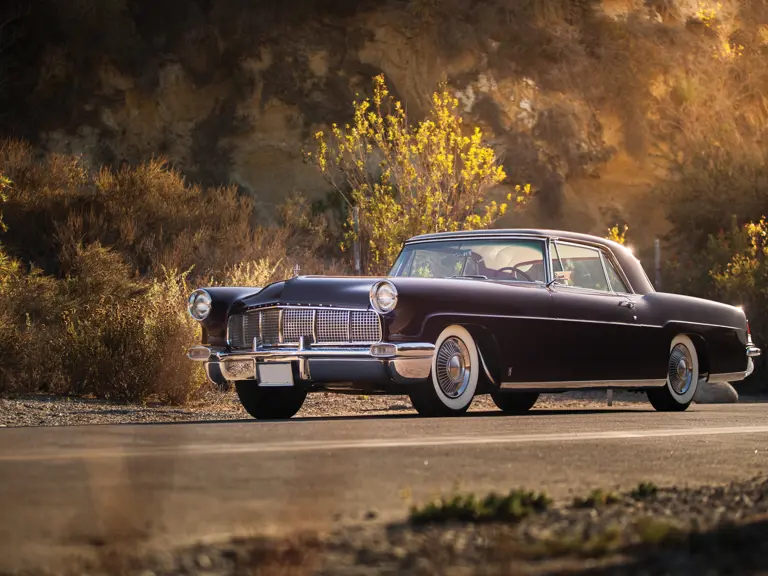
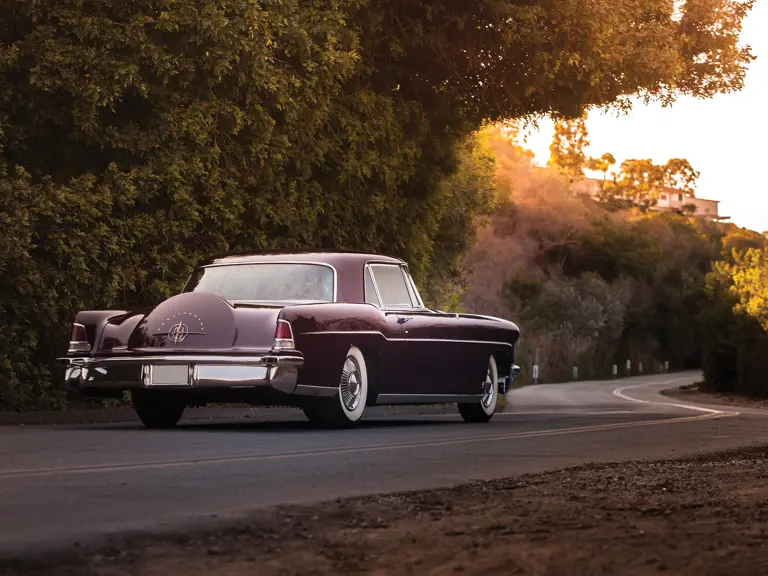
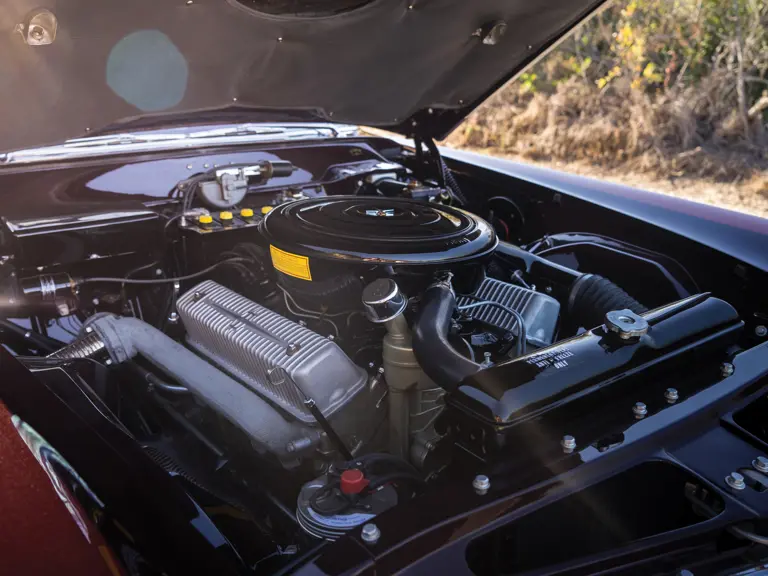
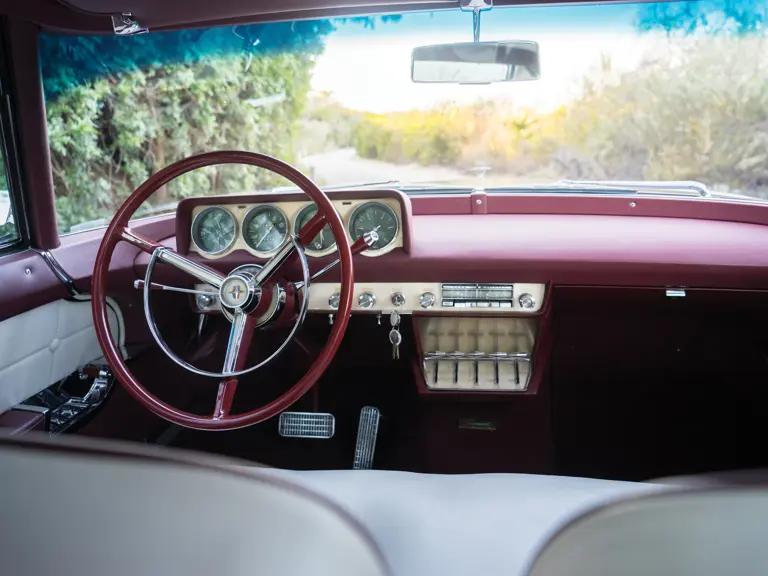
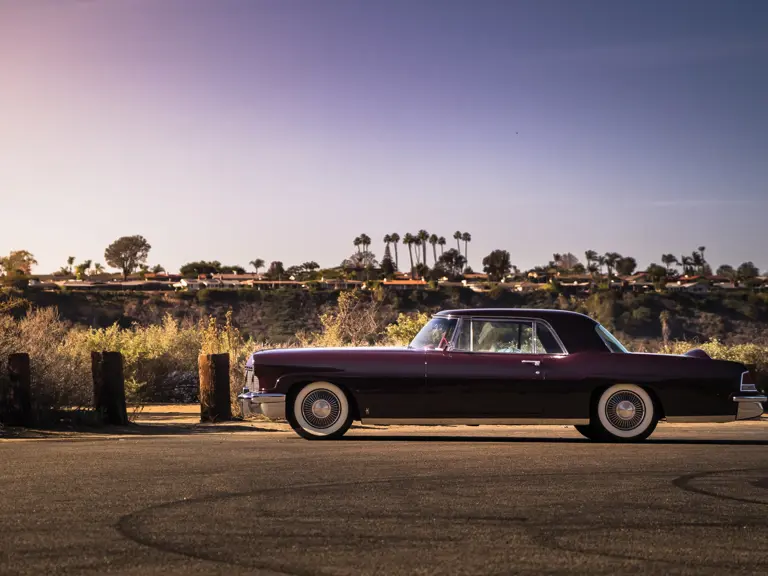
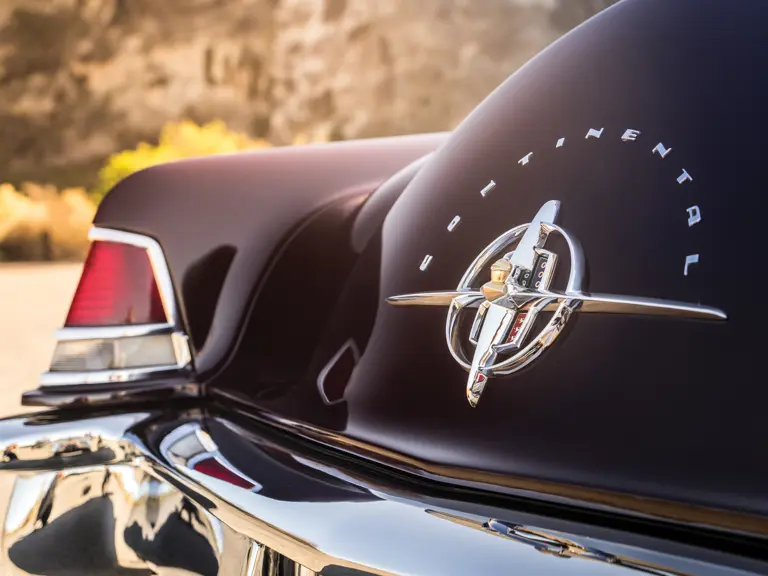
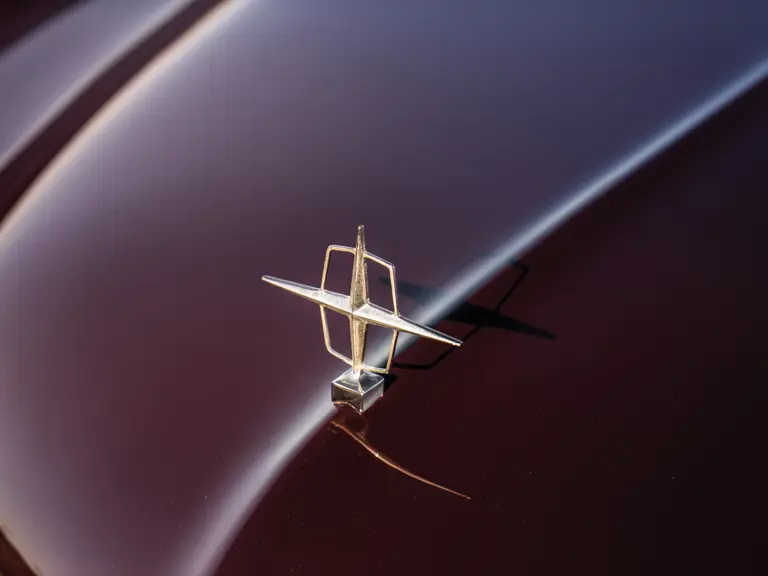
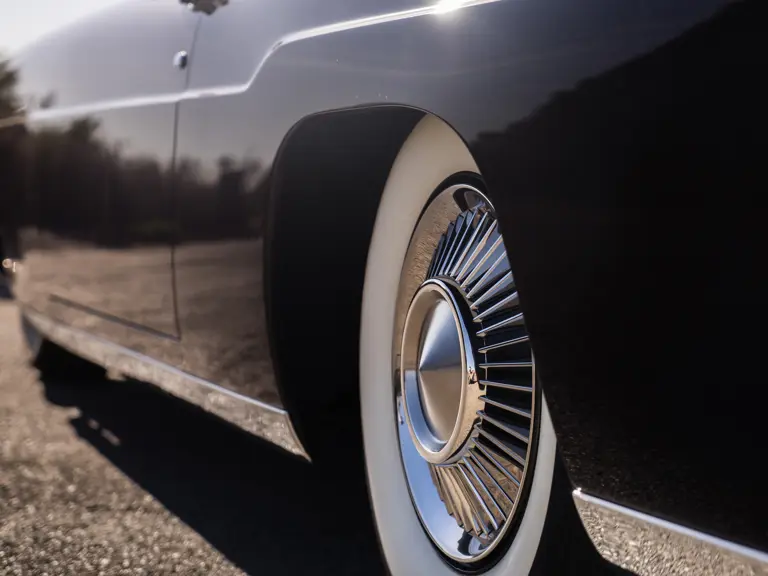
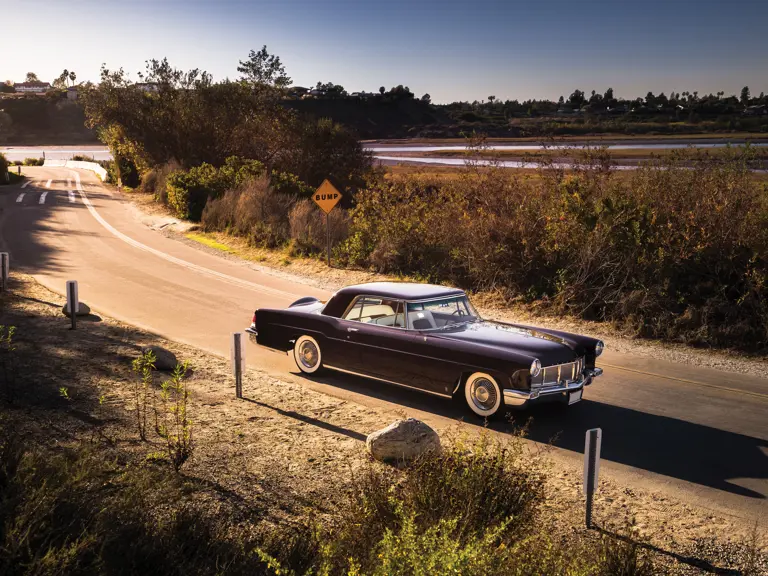
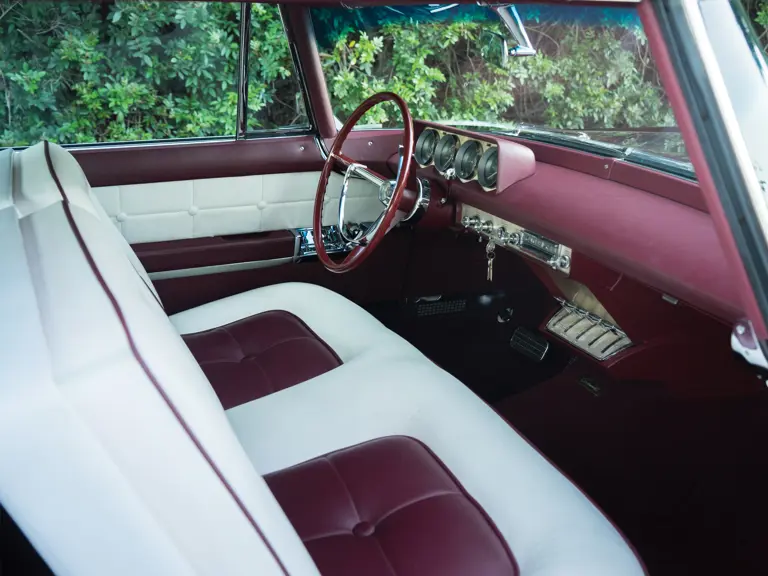

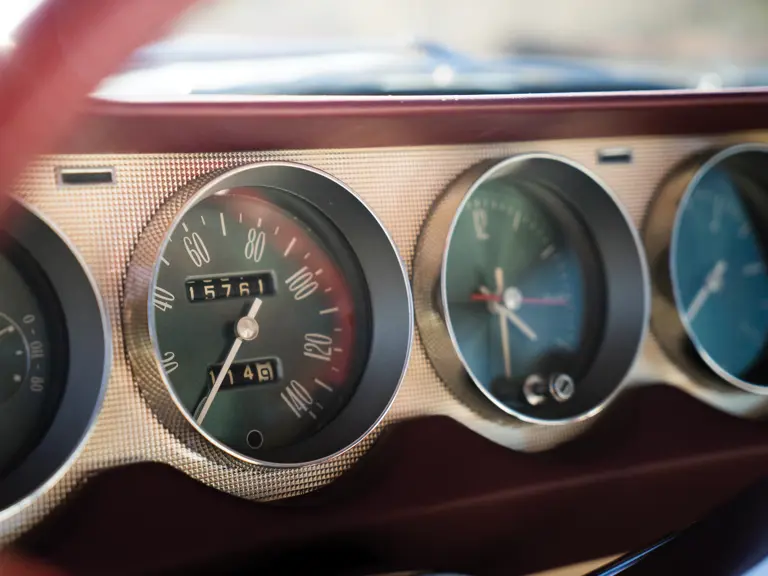

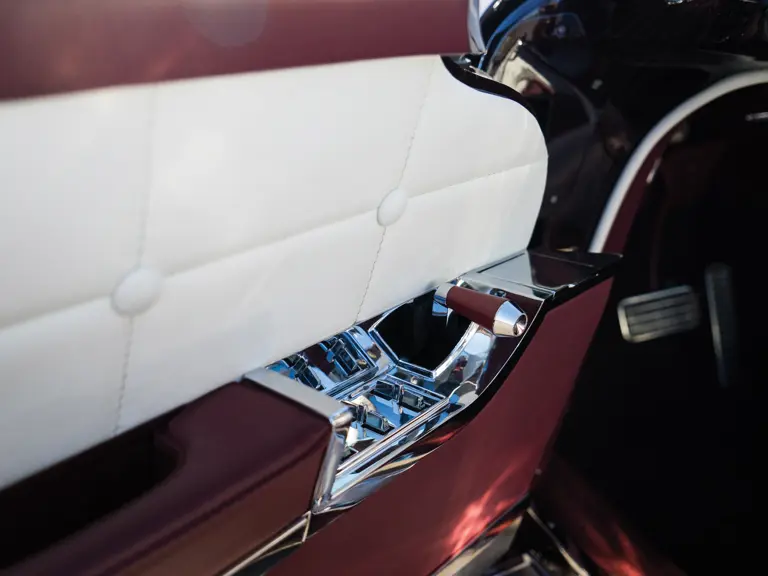
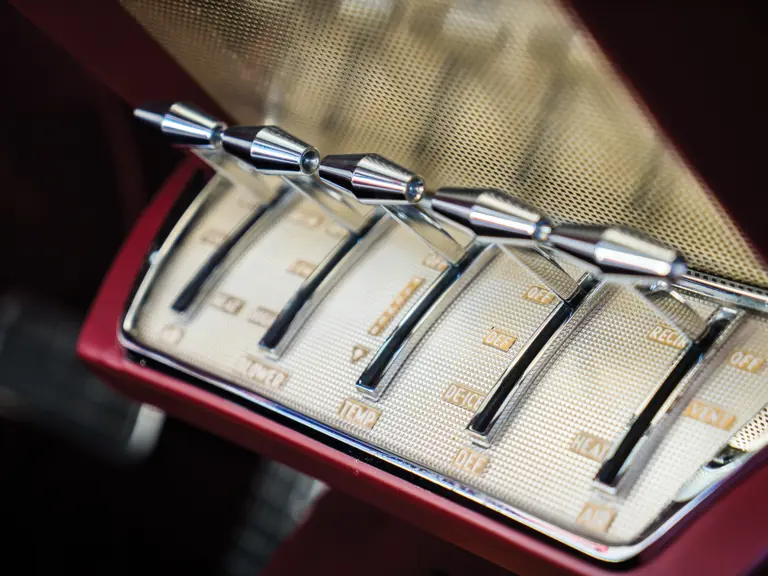
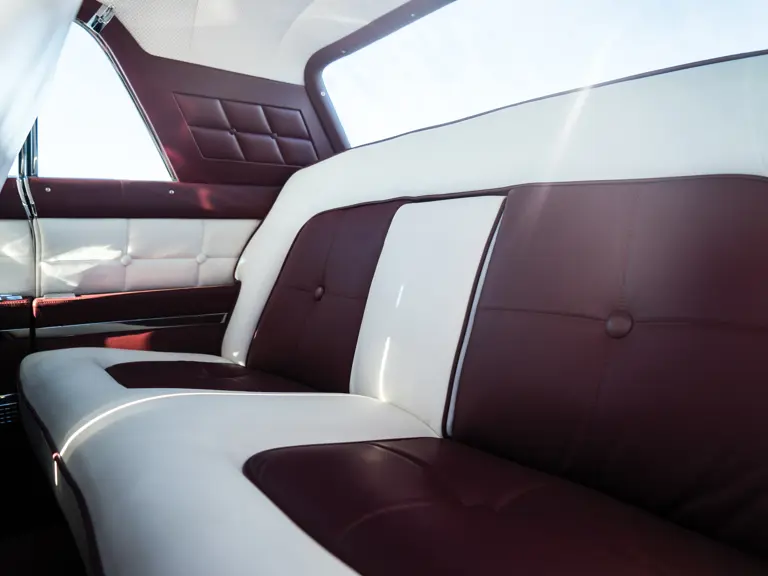
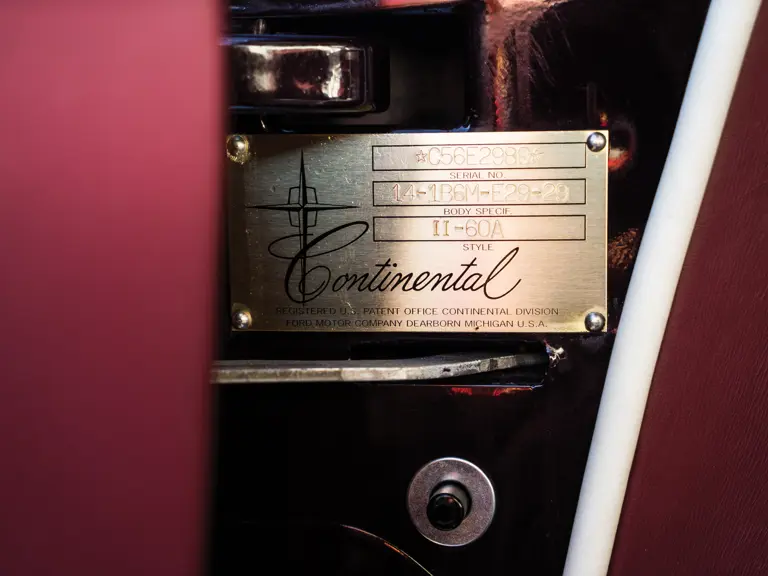
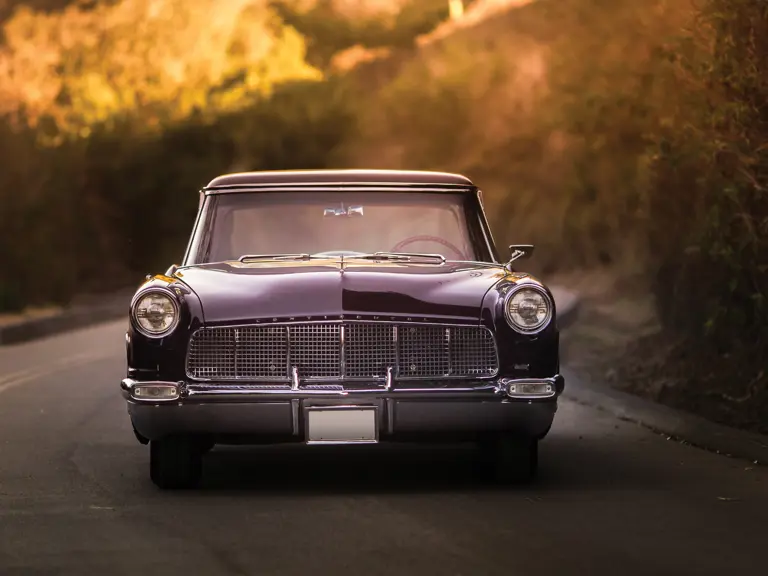
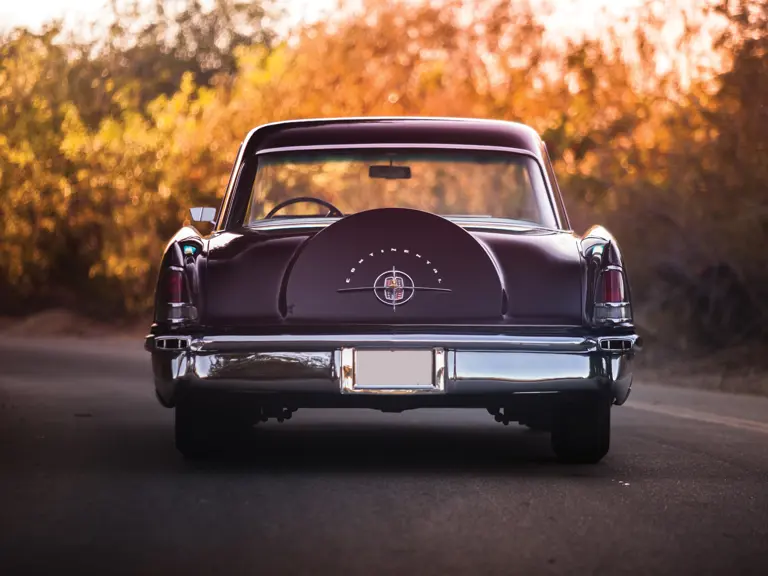
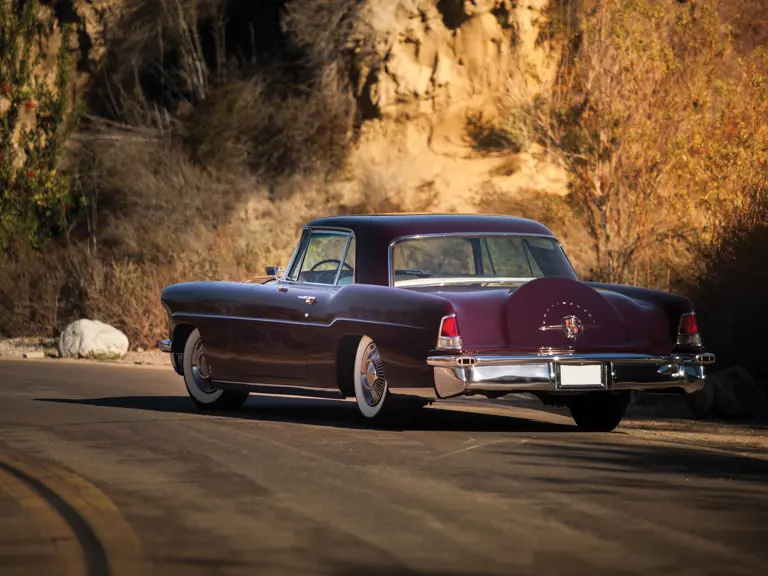
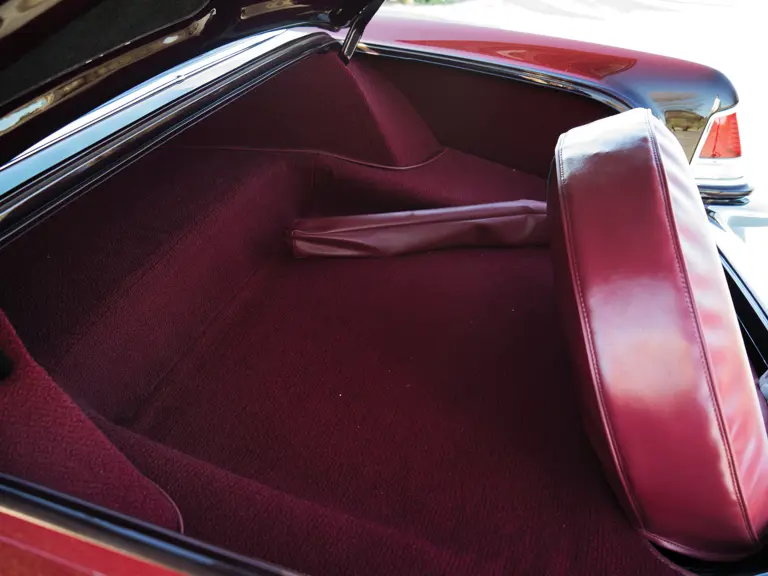

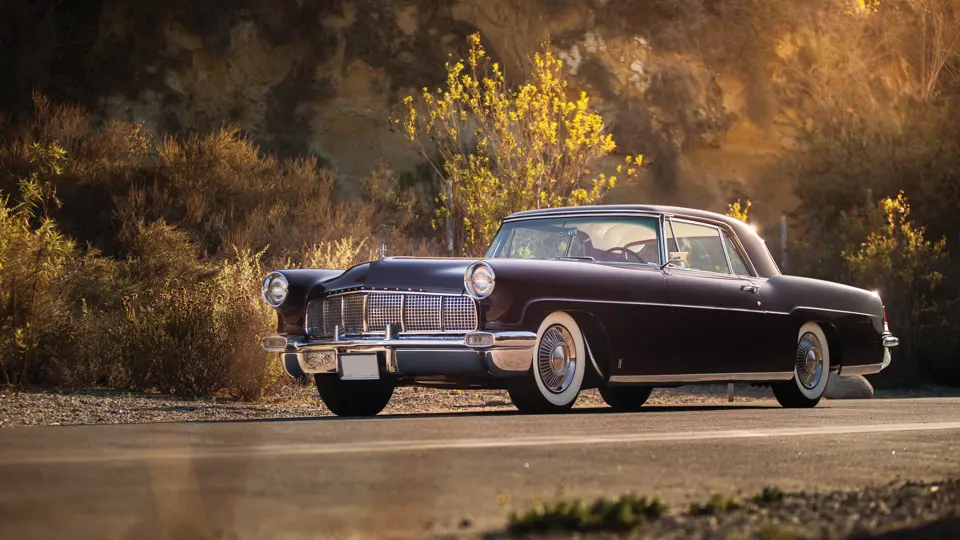
 | Phoenix, Arizona
| Phoenix, Arizona

